Today’s date, 21 October 2015, is the future date the De Lorean time machine travelled to in the second film in the Back to the Future trilogy. In honour of this landmark Forecourt Trader looks back at how accurate – or not – the 1989 movie was in predicting the motoring technology of today.
The film featured vertical take-off flying cars which didn’t need roads, which would be welcomed by many grid-locked motorists today but was a tad optimistic.
However, it did get one detail spot on. The sound effects used for its cars is a distant hum that’s become associated with today’s electric vehicles.
The movie also predicted motorists would throw their rubbish into the car’s Mr Fusion energy converter to provide it with power, so it was wide of the mark there, but there have been moves towards powering vehicles with waste.
Processed cooking oil has been used in bio-diesel, Bristol and Bath recently started running buses powered by treated thrown-away food and sewage, and in Italy scientists are trying to convert agricultural waste into a petrol supplement.
But if any film makers are looking to predict how we will be motoring 26 years from now, it might be wise to make fuel filling stations the starting point, and develop the rest of the concept from there.





















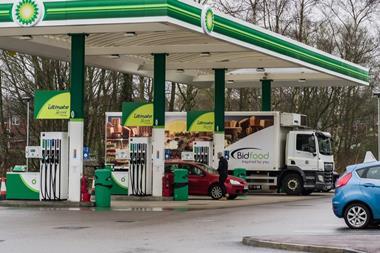
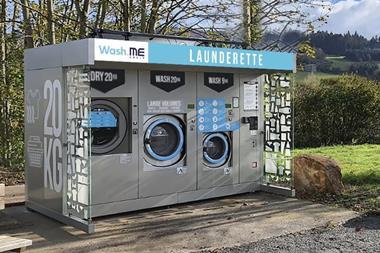
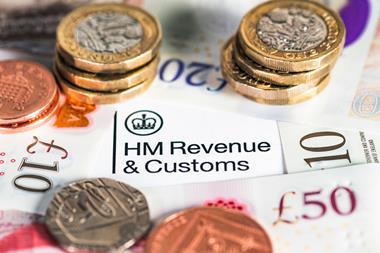
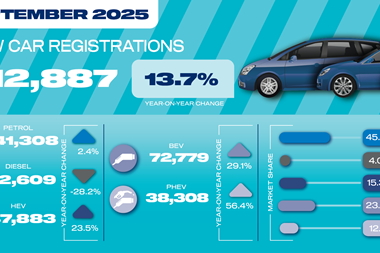

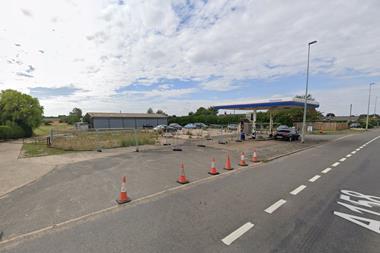




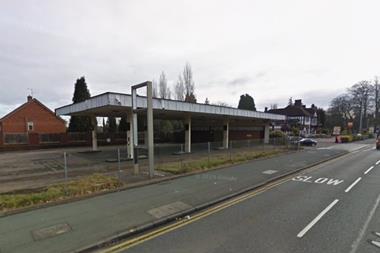
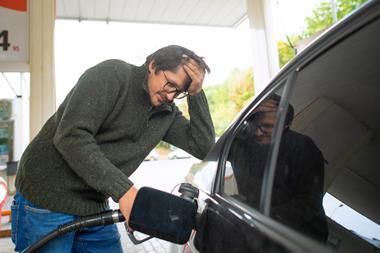
No comments yet